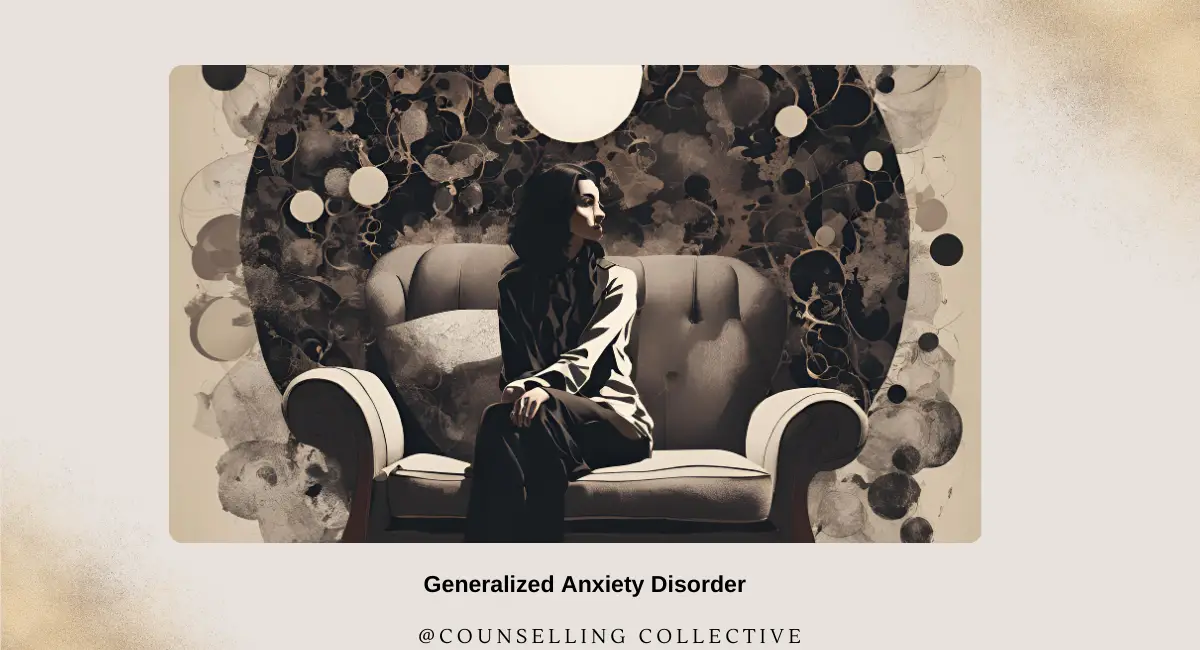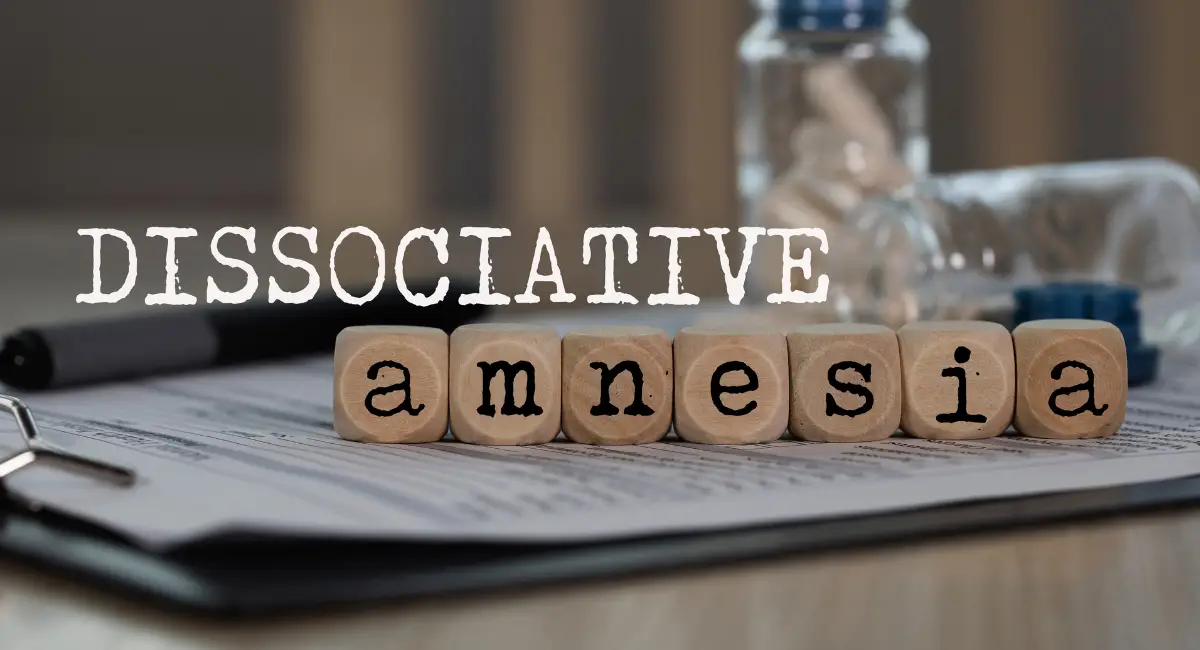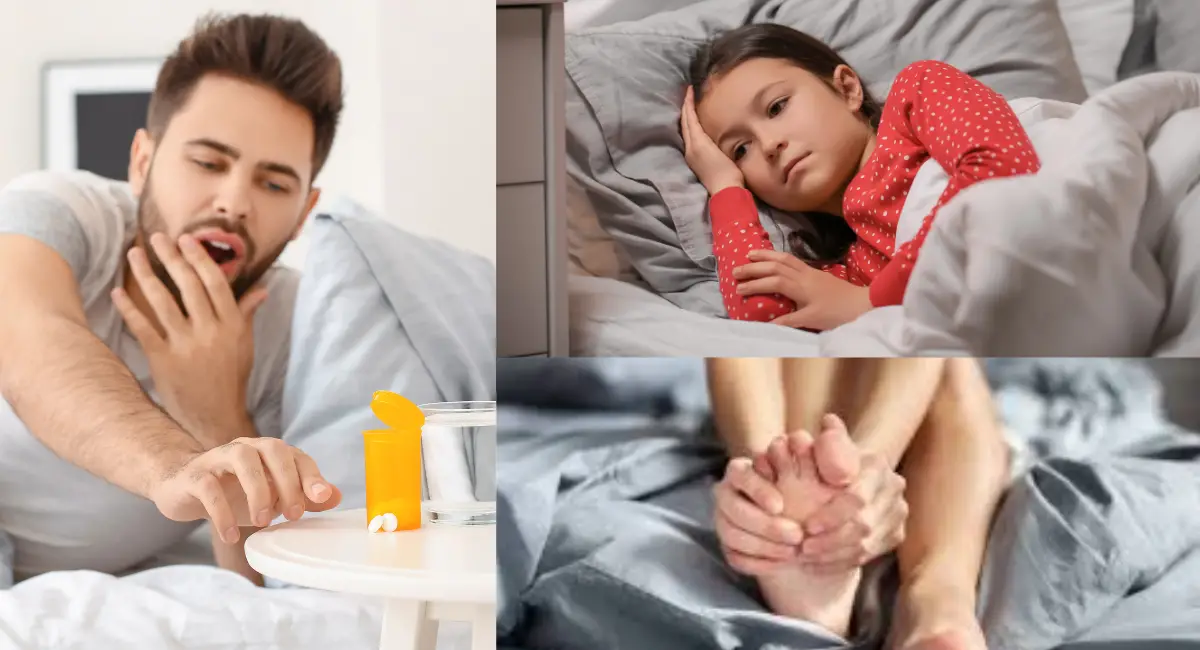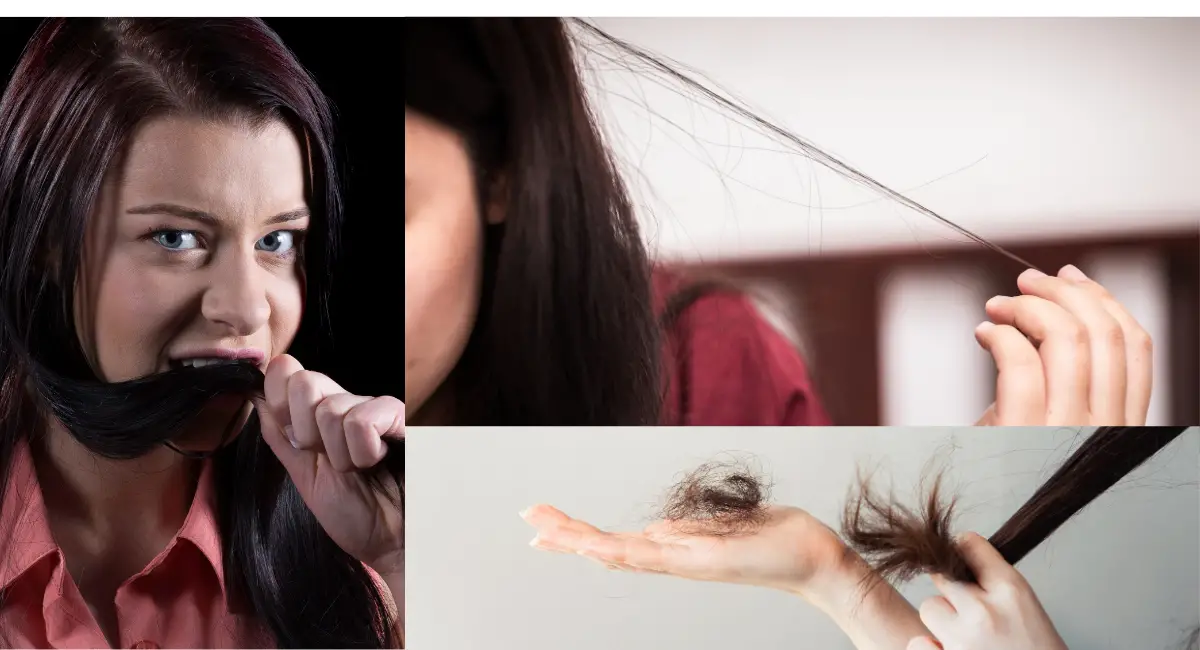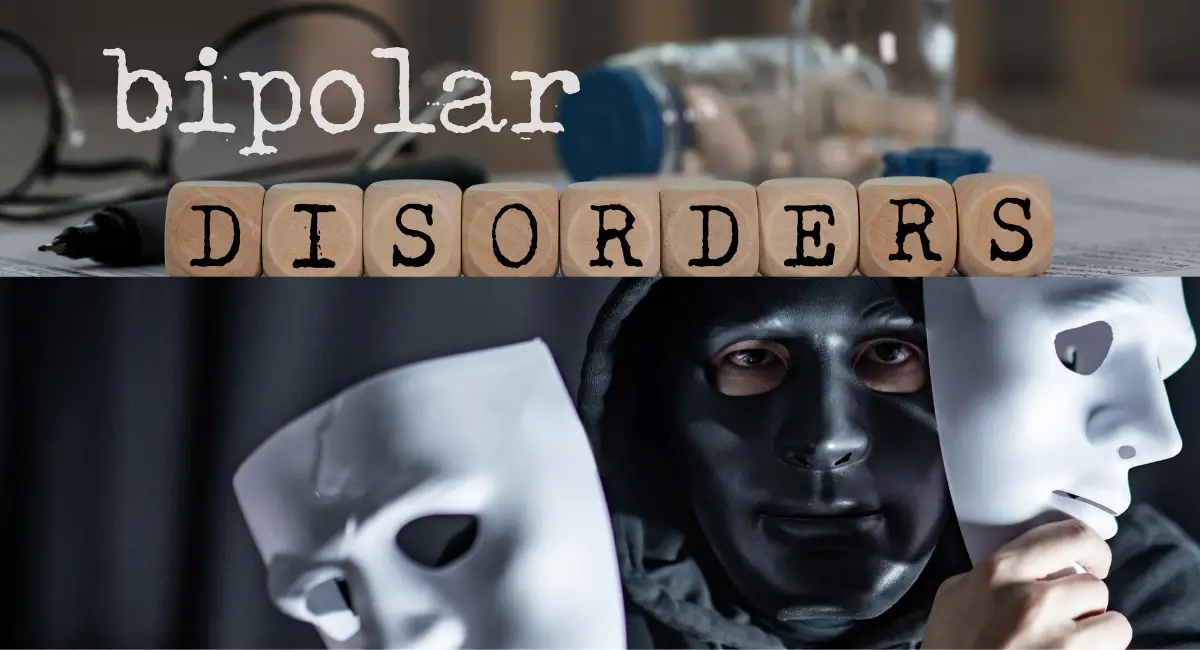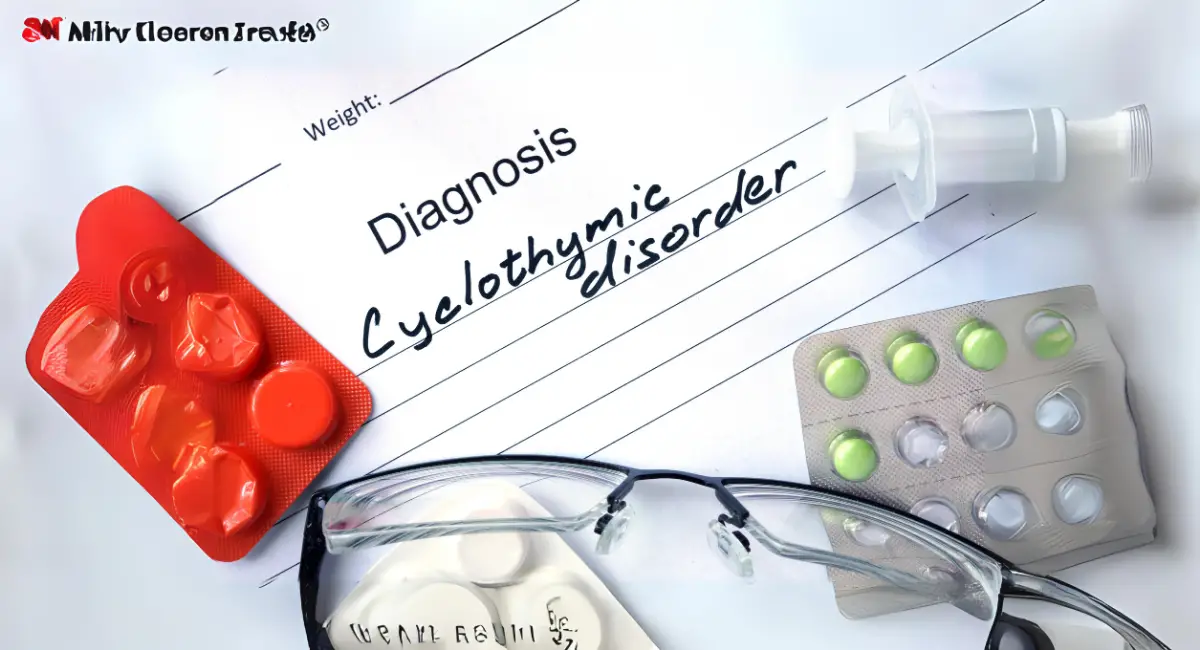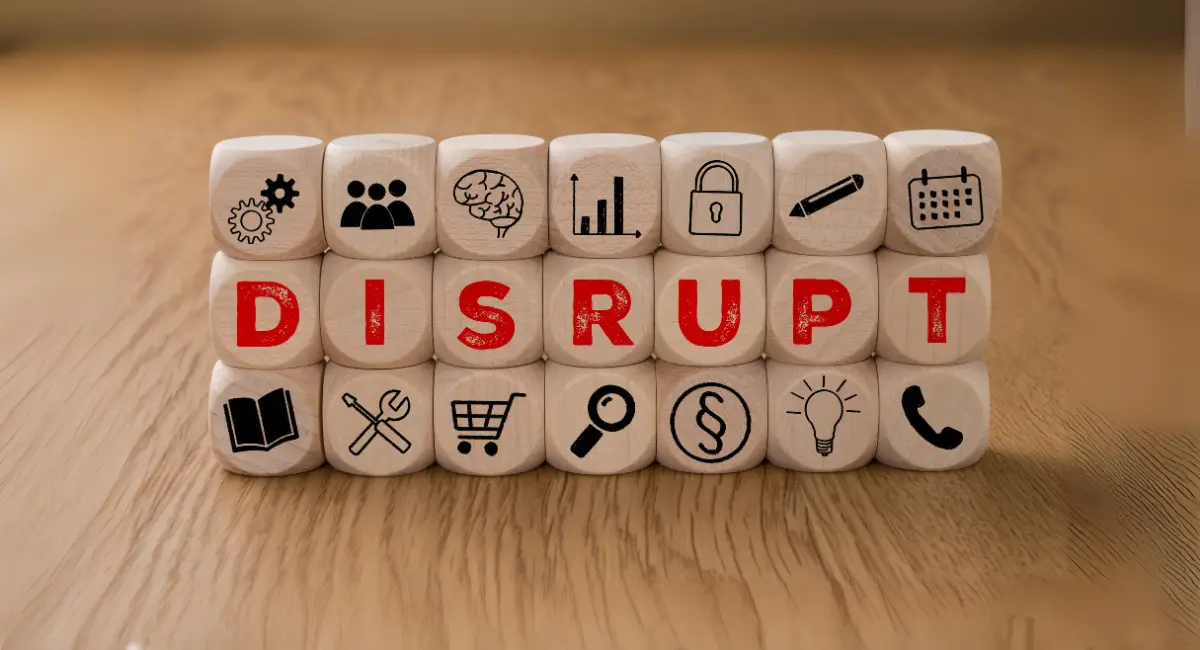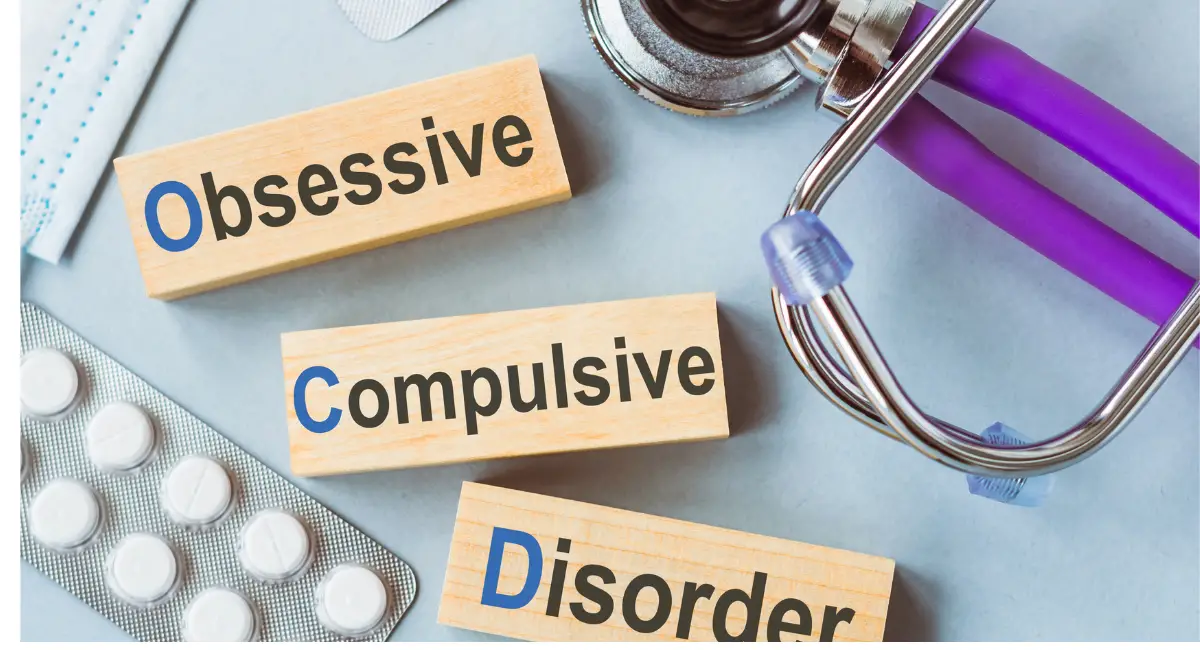
Medication-Induced Obsessive-Compulsive and Related Disorder: Symptoms, Causes, and Therapy Options
Contents
- 1 Introduction
- 2 Common Symptoms of Substance Medication-Induced Obsessive-Compulsive and Related Disorder
- 3 Causes and Risk Factors of Substance Medication-Induced Obsessive-Compulsive and Related Disorder
- 4 Therapy and Treatment Options for Substance Medication-Induced Obsessive-Compulsive and Related Disorder
- 5 Long-Term Management of Substance/Medication-Induced Obsessive-Compulsive and Related Disorder
- 6 Conclusion
- 7 References
Introduction
Medication-Induced Obsessive-Compulsive and Related Disorder is a mental health condition where symptoms of obsessive-compulsive behaviors or related disorders develop as a direct result of using a substance, medication, or during withdrawal from these substances. This condition mimics Obsessive-Compulsive Disorder (OCD) or other related disorders, such as Body Dysmorphic Disorder (BDD) or Trichotillomania (Hair-Pulling Disorder), but the key difference is that the symptoms are triggered by substance or medication use rather than developing organically.
According to the Diagnostic and Statistical Manual of Mental Disorders, Fifth Edition (DSM-5), this disorder is classified under Obsessive-Compulsive and Related Disorders, with the substance being directly responsible for the onset of obsessive-compulsive symptoms. The condition often occurs during intoxication, withdrawal, or following exposure to certain medications, leading to compulsive behaviors, distress, and impairment in functioning. This article will explore Substance Medication-Induced Obsessive-Compulsive and Related Disorder, focusing on the Symptoms, Causes, and Therapy Options available.
Common Symptoms of Substance Medication-Induced Obsessive-Compulsive and Related Disorder
This disorder involves a range of obsessive thoughts and compulsive behaviors, as well as emotional distress and physical symptoms. Below is a table outlining the common symptoms and examples of how they manifest in daily life:
| Symptom | Description/Example |
|---|---|
| Obsessive Thoughts | Intrusive, unwanted thoughts that cause significant distress. For example, someone may develop an intense fear of contamination after starting a new medication, leading to obsessive thoughts about germs. |
| Compulsive Behaviors | Repetitive behaviors performed to reduce anxiety. For example, someone may begin washing their hands excessively or repeatedly checking doors after using a substance. |
| Anxiety and Distress | Heightened feelings of anxiety, panic, or emotional distress. For example, someone may feel overwhelmed by their obsessive thoughts and develop avoidance behaviors. |
| Compulsive Grooming | Repetitive grooming behaviors such as excessive hair-pulling or mirror checking. For example, someone may pull out hair or pick at their skin after using a stimulant drug. |
| Inability to Control Behaviors | Difficulty stopping or controlling compulsive behaviors. For example, someone may recognize that their handwashing is excessive but feel unable to stop due to overwhelming anxiety. |
| Avoidance of Social Situations | Avoiding social interactions due to the embarrassment caused by compulsive behaviors or physical symptoms. For example, someone may avoid going out with friends to hide bald patches from hair-pulling. |
Causes and Risk Factors of Substance Medication-Induced Obsessive-Compulsive and Related Disorder
This disorder is caused by the direct physiological effects of a substance or medication, particularly those that affect brain chemistry, such as neurotransmitter levels or the function of certain brain circuits. Several factors can increase the risk of developing this disorder.
1. Substance Use and Intoxication
Certain substances, particularly stimulants, hallucinogens, and some prescription medications, can trigger obsessive-compulsive symptoms during intoxication. These substances may alter neurotransmitter activity in the brain, leading to the development of intrusive thoughts and compulsive behaviors.
- Substances such as amphetamines, cocaine, and hallucinogens are known to disrupt the balance of neurotransmitters like dopamine and serotonin, which play a key role in regulating mood, thoughts, and behaviors. This disruption can lead to obsessive thoughts and compulsive actions, particularly during acute intoxication.
- Prescription medications such as corticosteroids and certain antidepressants have also been linked to the onset of obsessive-compulsive symptoms in some individuals, as they can affect the brain’s ability to regulate fear and anxiety.
2. Withdrawal from Substances
Withdrawal from certain substances, particularly alcohol, benzodiazepines, and opioids, can lead to obsessive-compulsive symptoms as the brain readjusts to functioning without the substance. During withdrawal, individuals may experience heightened anxiety, intrusive thoughts, and the development of compulsive behaviors as a way to cope with these intense emotions.
- During withdrawal, the brain experiences a rebound effect as it tries to restore balance after the removal of the substance. This can lead to a temporary dysregulation of brain circuits involved in mood and behavior, resulting in obsessive-compulsive symptoms.
- Withdrawal from benzodiazepines, in particular, has been associated with increased anxiety and obsessive-compulsive symptoms, as these medications affect the brain’s inhibitory systems.
3. Medications that Trigger Obsessive-Compulsive Symptoms
Certain medications, especially those that influence brain chemistry, can lead to the development of obsessive-compulsive symptoms. Medications prescribed for conditions such as chronic pain, depression, and asthma may have side effects that affect mood and cognition, potentially triggering these symptoms.
- Medications such as selective serotonin reuptake inhibitors (SSRIs), corticosteroids, and some pain medications can trigger obsessive-compulsive symptoms in susceptible individuals by altering neurotransmitter levels or affecting brain circuits involved in fear and anxiety regulation.
- SSRIs, while commonly used to treat OCD, can paradoxically induce obsessive-compulsive symptoms in some individuals during the initial stages of treatment or at high doses.
Therapy and Treatment Options for Substance Medication-Induced Obsessive-Compulsive and Related Disorder
Treating Substance/Medication-Induced Obsessive-Compulsive Disorder involves addressing both the obsessive-compulsive symptoms and the underlying substance or medication that triggered the disorder. Below are key treatment options:
1. Cognitive Behavioral Therapy (CBT)
CBT, particularly Exposure and Response Prevention (ERP), is the most effective therapy for managing obsessive-compulsive symptoms. This therapy helps individuals confront their obsessive thoughts and resist engaging in compulsive behaviors, gradually reducing anxiety.
Example: Jack, who developed obsessive handwashing after taking pain medication, works with a CBT therapist to confront his fear of contamination. Through ERP, he learns to tolerate the anxiety associated with not washing his hands and gradually reduces the time spent on this behavior.
2. Medication Management
In cases where the obsessive-compulsive symptoms are triggered by a prescription medication, adjusting the dosage or switching to an alternative medication may be necessary. Close collaboration with a healthcare provider is essential to ensure the individual’s mental and physical health needs are balanced.
Example: After Lisa developed obsessive door-checking behaviors following the use of a stimulant drug, her psychiatrist adjusted her medication regimen, which helped reduce the severity of her symptoms.
3. Acceptance and Commitment Therapy (ACT)
ACT is a therapeutic approach that encourages individuals to accept their intrusive thoughts without trying to eliminate them. This approach helps individuals focus on their values and commit to behaviors that align with their long-term goals rather than getting caught up in compulsive behaviors.
Example: John, who struggles with skin-picking triggered by a medication, uses ACT techniques to accept his anxiety about his appearance without engaging in compulsive grooming behaviors. By focusing on his broader goals, such as maintaining relationships and a positive self-image, John reduces his compulsive behaviors.
Long-Term Management of Substance/Medication-Induced Obsessive-Compulsive and Related Disorder
Managing this disorder over the long term requires a comprehensive treatment plan that addresses both the obsessive-compulsive symptoms and the substance or medication that caused them. Below are key strategies for long-term management:
- Medication Adjustments: For individuals whose symptoms were triggered by a prescription medication, working closely with a healthcare provider to adjust dosages or explore alternative treatments is essential.
- Consistent Therapy: Regular participation in therapies such as CBT or ACT helps individuals develop effective coping strategies to manage obsessive-compulsive symptoms over the long term.
- Substance Use Management: For individuals whose symptoms were triggered by substance use or withdrawal, ongoing support through substance use treatment programs or counseling is crucial for maintaining recovery and preventing relapse.
- Support Networks: Engaging with support groups, friends, and family provides valuable emotional support and accountability, helping individuals stay on track with their treatment and recovery.
Conclusion
Substance/Medication-Induced Obsessive-Compulsive and Related Disorder is a complex condition that can significantly impact an individual’s emotional, social, and physical well-being. However, with the right combination of treatments—such as Cognitive Behavioral Therapy, medication management, and Acceptance and Commitment Therapy—individuals can manage their obsessive-compulsive symptoms and work towards recovery. Long-term management strategies, including medication adjustments, consistent therapy, and support networks, are essential for maintaining stability and preventing relapse.
References
- American Psychiatric Association. (2013). Diagnostic and Statistical Manual of Mental Disorders (5th ed.). Washington, DC: American Psychiatric Publishing. Link
- Nolen-Hoeksema, S. (2014). Abnormal Psychology. McGraw-Hill Education.
- Craske, M. G., & Barlow, D. H. (2007). Mastery of Your Anxiety and Depression: Workbook (Treatments That Work). Oxford University Press.
- Abramowitz, J. S., & Jacoby, R. J. (2015). Obsessive-Compulsive Disorder in Adults. American Psychological Association.
- Grant, J. E., & Stein, D. J. (2014). Substance Use and Obsessive-Compulsive Disorders: A Comprehensive Guide. Oxford University Press.
Explore Other Mental Health Issues

